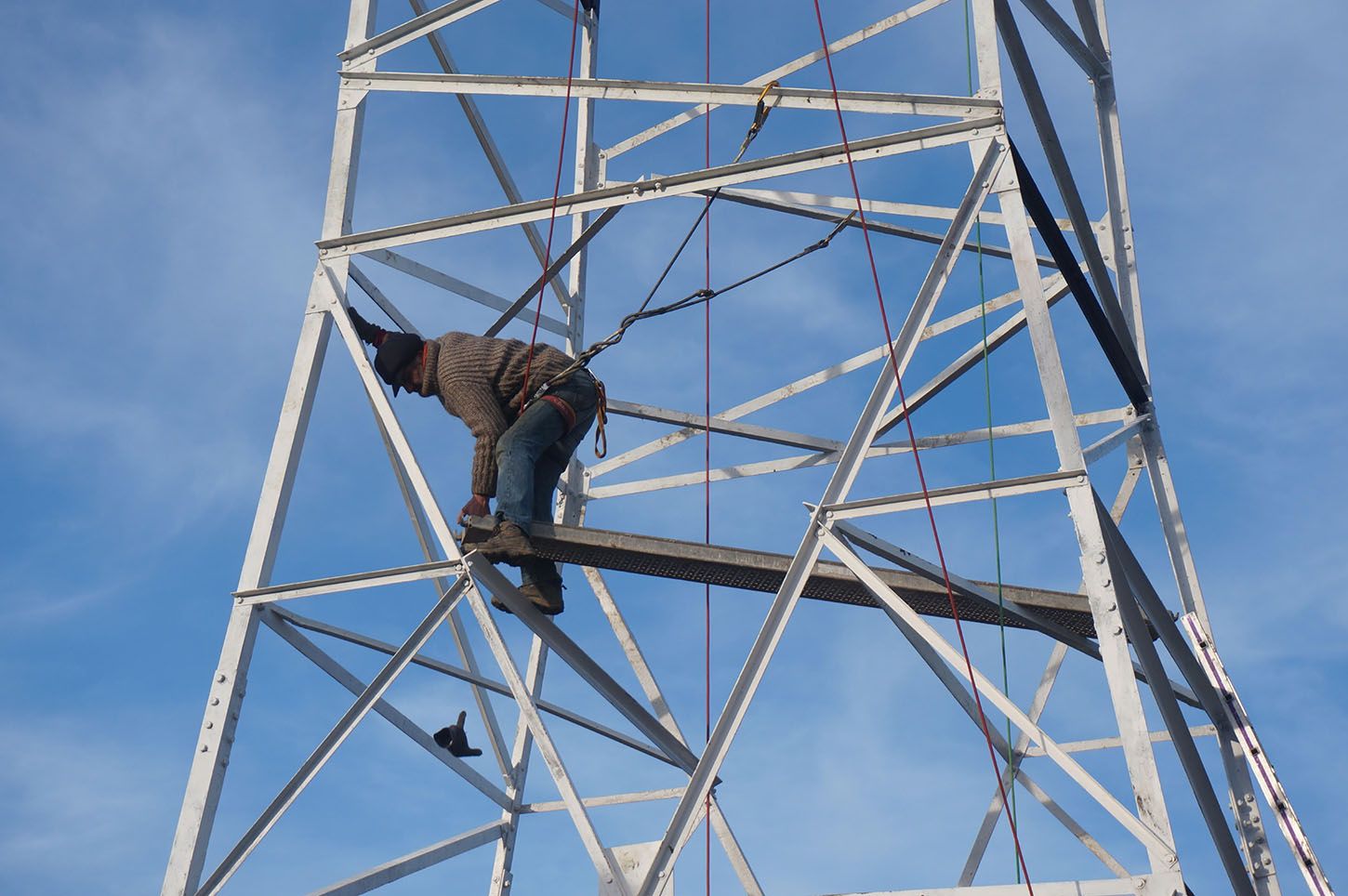ZAD is a French neoligism meaning zone à défendre (zone to defend) and refers to a militant occupation intended to block development. The example discussed here is the ZAD de Notre-Dame-des-Landes which successfully stopped the construction of an airport when local farmers and people from all over the country took control of the land and built farms, screen printing and textile workshops, a dairy and tannery, a blacksmith's forge, and much more. —Ed.
Operation Caesar was a 2012 attack on the ZAD by the French government when thousands of riot police came to to evict the commoners and farmers. Something like forty thousand people from all over France showed up to successfully help defend the ZAD from eviction. —Ed.
Baptiste Morizot, Manières d’être vivant (Actes Sud, 2020), 267. Authors’ translation.
Léna Balaud and Antoine Chopot, “Suivre la forêt: Une entente terrestre de l’action politique,” Terrestres, November 15, 2018 →. Authors’ translation.
Morizot, Manières d’être vivant.
Excerpted from Isabelle Fremeaux and Jay Jordan, We Are “Nature” Defending Itself: Entangling Art, Activism and Autonomous Zones (Pluto Press/Journal of Aesthetics and Protest, 2021).
